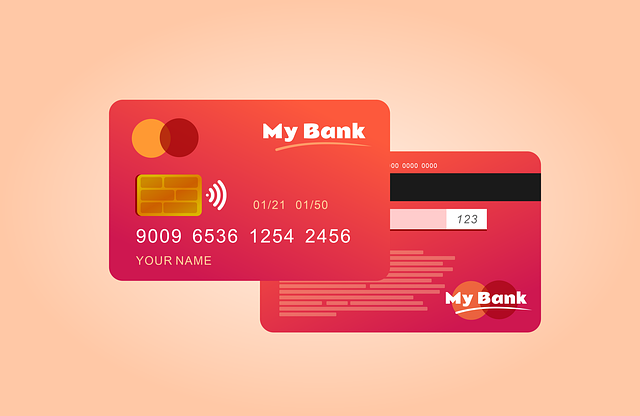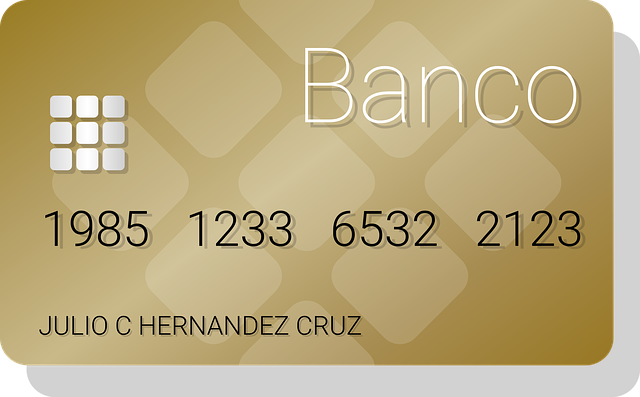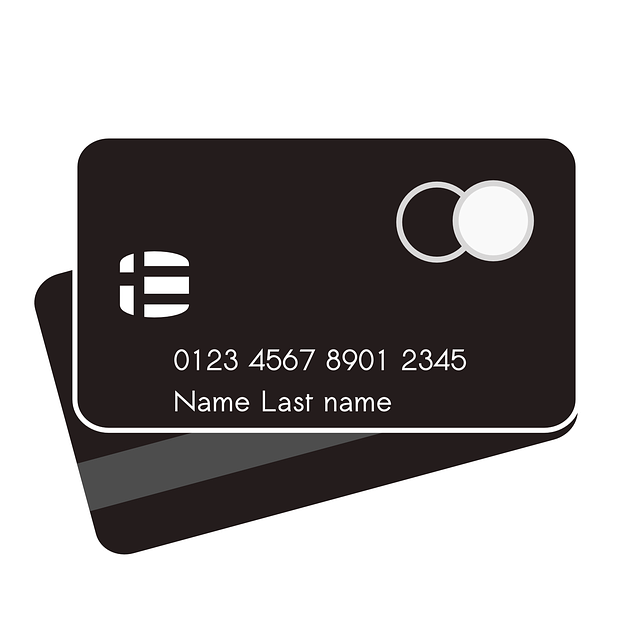When comparing equipment financing lenders, loan rates are crucial but not the sole factor. Evaluate terms, conditions, hidden fees, and repayment structures to avoid unexpected costs. Scrutinize fee schedules, payment options, and collateral requirements for a comprehensive understanding of overall financing costs. Negotiate rates, consider discounts for long-term commitments or multiple loans, and choose loan terms balancing interest vs. total cost for optimal savings.
When seeking equipment financing, comparing lenders is key to securing the best loan rates. This guide breaks down the process into four essential steps. First, understand how factors like creditworthiness and equipment value influence loan rates. Next, learn effective comparison strategies beyond interest rates, delving into terms and conditions. Then, discover negotiating tactics to maximize savings on your equipment financing. By following these steps, you’ll be well-equipped to find the most favorable loan rates for your business needs.
- Understanding Equipment Financing Loan Rates: Factors That Influence Them
- How to Effectively Compare Lender Offers for Equipment Finance
- Analyzing Lender Terms and Conditions: Beyond Just Interest Rates
- Maximizing Savings: Strategies for Negotiating Better Loan Rates
Understanding Equipment Financing Loan Rates: Factors That Influence Them

When comparing equipment financing lenders, one of the most critical factors to scrutinize is the loan rates. These rates, expressed as a percentage, represent the cost of borrowing money for your equipment purchase. However, understanding that rate alone isn’t enough; various factors influence it, and these should be considered carefully. Key elements include the type of equipment being financed, the loan amount, the borrower’s creditworthiness, and the repayment term. Lenders assess risk differently, so those with strong credit profiles or larger down payments may secure more favorable loan rates. Additionally, the lender’s own financial health and market conditions can affect rates over time.
Moreover, other fees and charges associated with the loan should be taken into account. Some lenders might offer lower initial loan rates but add hidden fees for processing, early repayment, or late payments, which can significantly increase the overall cost of financing. Transparency in these matters is crucial, so review the terms and conditions thoroughly before committing to a lender.
How to Effectively Compare Lender Offers for Equipment Finance

When comparing lender offers for equipment finance, start by examining loan rates. These are typically expressed as a percentage of the total loan amount and can vary significantly between lenders. Look for competitive interest rates that align with your risk profile and market averages. Keep in mind that lower rates don’t always mean better; consider the terms, conditions, and any additional fees associated with each offer.
Next, assess the loan terms and repayment structures offered by different lenders. These can range from short-term to long-term options, affecting your monthly payments and overall financial burden. Choose a term that aligns with your cash flow and business needs. Additionally, scrutinize any hidden costs or penalties for early repayment, as these might negate potential savings on rates.
Analyzing Lender Terms and Conditions: Beyond Just Interest Rates

When comparing equipment financing lenders, it’s tempting to focus solely on loan rates. However, a comprehensive evaluation requires delving deeper into the terms and conditions offered by each lender. Beyond interest rates, pay close attention to fees, repayment structures, and collateral requirements. Lenders may charge various fees for processing, early termination, or late payments, which can significantly impact your overall financing cost.
Repayment terms also vary widely; some lenders offer flexible monthly installments, while others prefer lump-sum payments. Understanding these structures is crucial for budgeting and cash flow planning. Additionally, be sure to clarify the types of collateral accepted and the risks associated with them. Equipment financing is a significant investment, so thorough analysis ensures you secure the most favorable terms tailored to your needs.
Maximizing Savings: Strategies for Negotiating Better Loan Rates

Maximizing savings starts with understanding that equipment financing loan rates vary significantly between lenders. As you research, compare not just interest rates but also fees associated with the loans, such as application charges, appraisal fees, and prepayment penalties. Lenders often have different structures for these costs, offering some more flexible terms than others.
During negotiations, be prepared to ask about potential discounts. Many financiers offer reduced rates for long-term commitments, multiple loan agreements, or for being a returning customer. Additionally, consider the term of the loan; shorter terms might lead to lower interest payments but could result in higher overall costs compared to longer terms with lower monthly installments. Weighing these factors will help you secure the best possible loan rate tailored to your needs.






